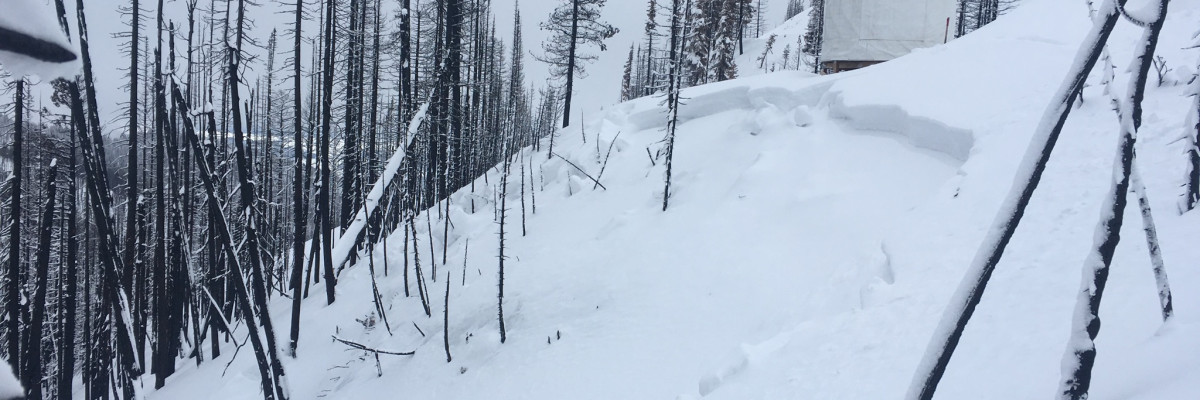Good morning, this is Logan King with the West Central Montana Avalanche Center’s weather and avalanche update for December 22nd, 2017.
Weather and Snowpack
Mountain temperatures are currently in the teens and the winds are out of the WNW. Wind speeds are around 10 mph gusting to 16 mph. Accumulating snow has resumed and snotels across the advisory area are reporting between 1-5 inches of low density snow.
The primary avalanche concern today will continue to be persistent slabs. The facets associated with the Thanksgiving crust continue to be reactive. We received multiple reports of slides being triggered on this layer yesterday.
The secondary avalanche problem is wind slabs. The low density snow will be easily transported by even light winds. With continued snow and stronger winds developing, windslabs will become increasingly problematic.
Avalanche and Weather Outlook
Snow is expected to continue through the day today and into tonight. Snow will be dry and light as temperatures are expected to drop. Winds will shift to the NE as the cold front moves in lowering temperatures to single digits.














